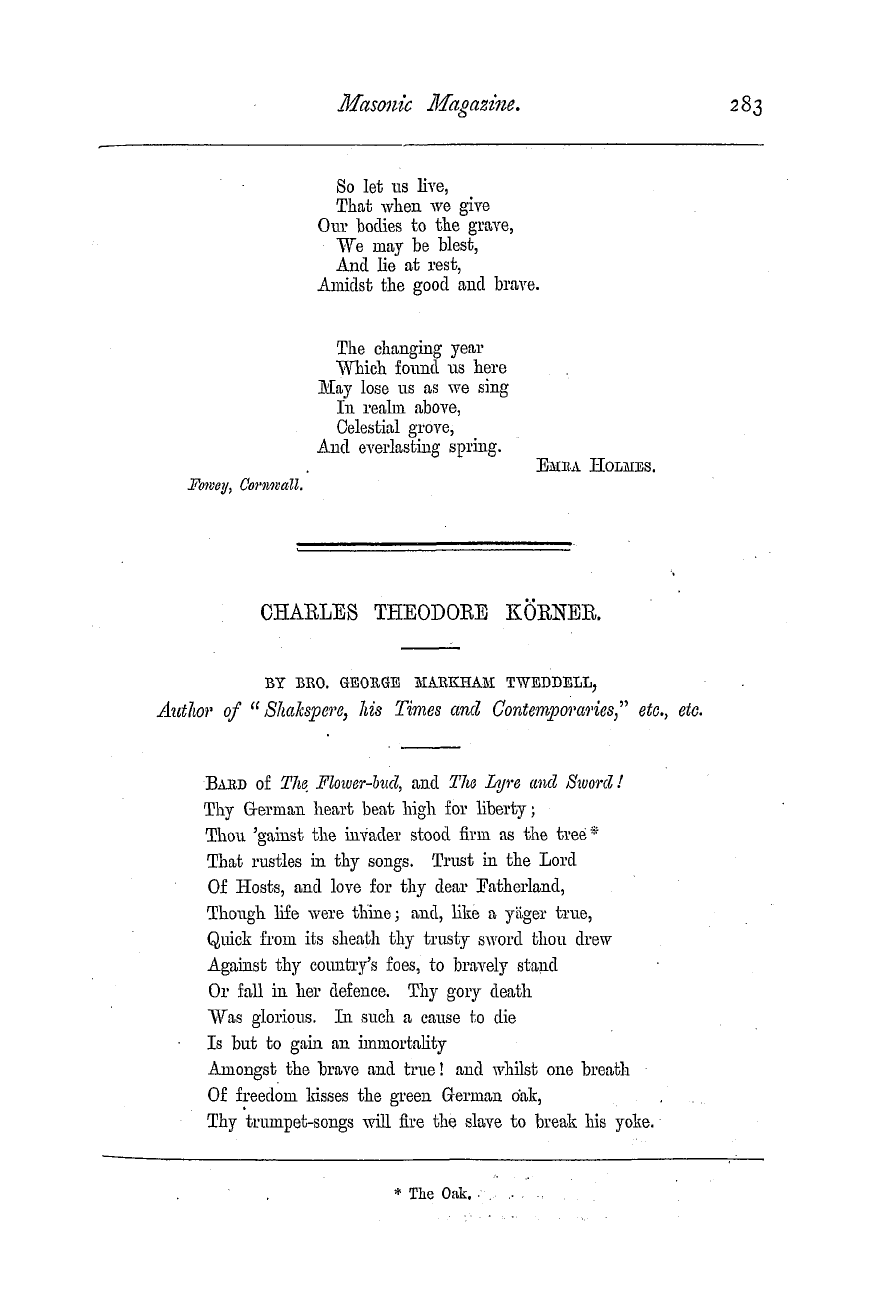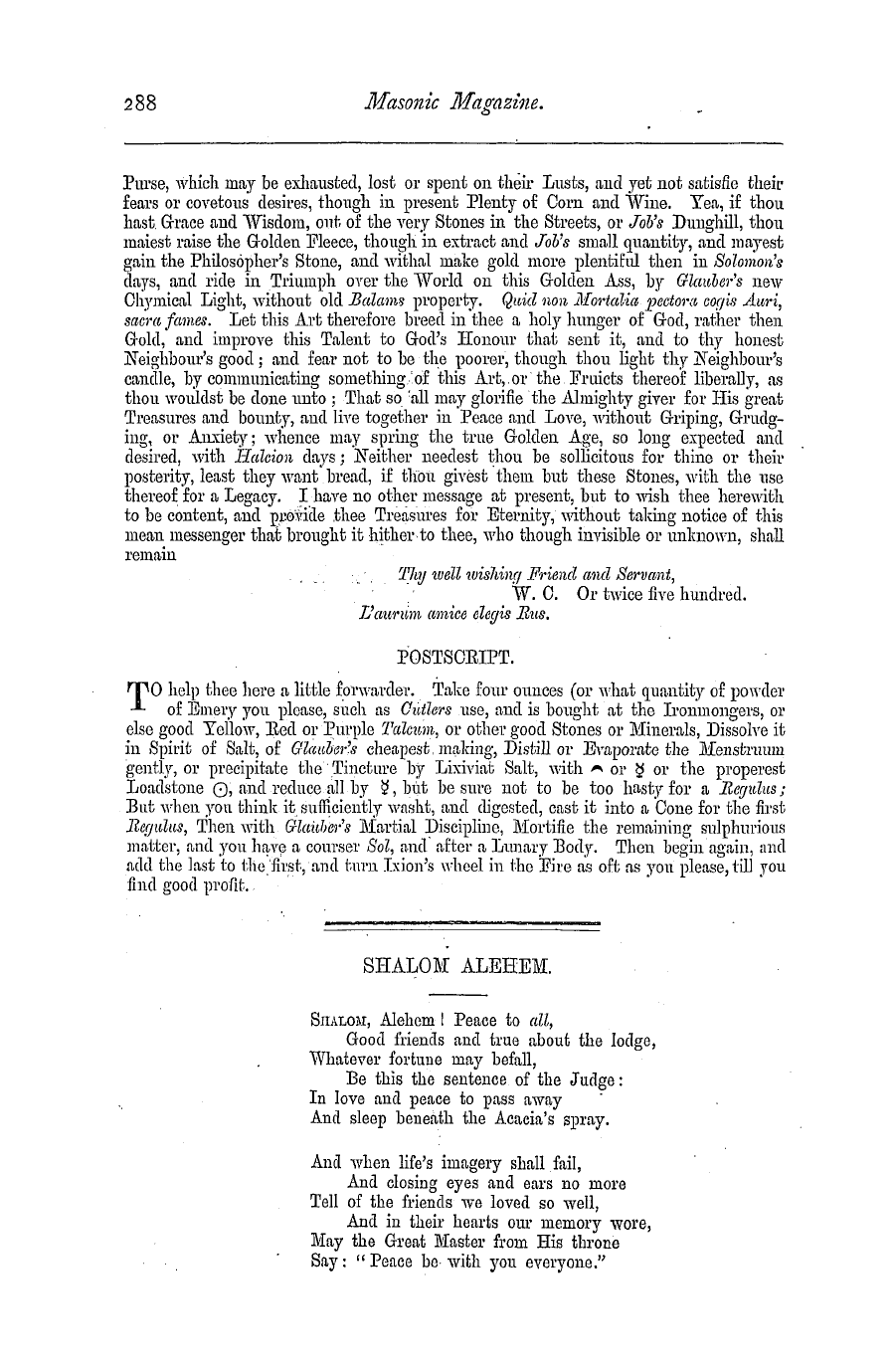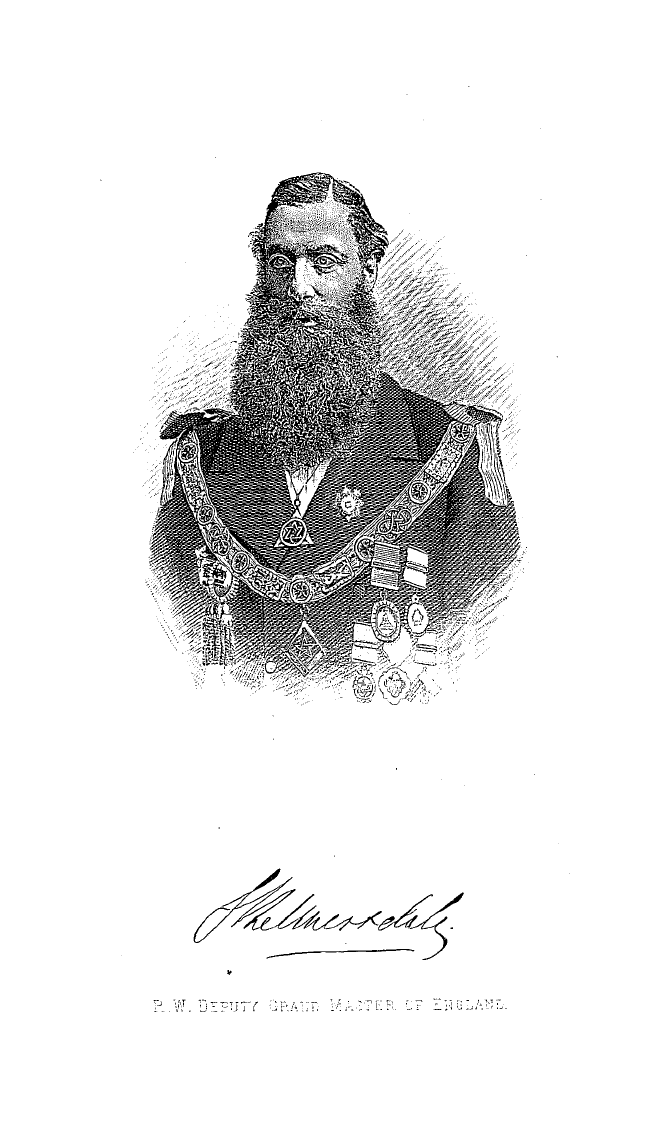-
Articles/Ads
Article ART-JOTTINGS IN ART-STUDIOS. ← Page 2 of 3 →
Note: This text has been automatically extracted via Optical Character Recognition (OCR) software.
Art-Jottings In Art-Studios.
thorough examination , there can be but little doubt that these , as well as the other ancient examples of which we have made mention , were actual " frescoes . " If we now come down to more modern times , we find that many celebrated artists aud well-known writers have maintained that " fresco " is the only way in which the highest efforts of the pictorial art should be embodied . An extremely large proportion of the best works of the Italian Schools , notably those of Rome ancl Florence , are
executed in this mode ; and , in the present century , the art having being revived , the German school has followed suit . In Great Britain the art has found some considerable favour , the corridors of the Houses of Parliament being rendered exceedingly beautiful by specimens of historical pictures in " fresco , " executed by the best artists of the day . But all this time our readers will doubtless have been saying"We haveas yethad
, , , no definition of ' fresco' ; we thought all wall-painting went by this name , but from something that has fallen by the way , it seems that such is not the case . " " FEESCO , " then , is only one species of wall-painting , ancl derives its name from the Italian fresco ( fresh ) . It is thus named because the colour is applied to the surface of the wall whilst the plastering is wet or freshly clone . We will now describe the process of " fresco " -painting : —
First , a " cartoon , " or drawing , of the subject is made of the design . This must be correct as to form and outline , and have the effect of the shading , etc ., fully shown . This finished " cartoon " may be either of the full size of the intended work , or it may be on a smaller scale ; but , in any case , a full-size drawing must be prepared , if it be only in outline . When the finished " cartoon" is made of the same size as the intended paintingit is usually executed " in black and . white" that isin chalk or charcoalbut
, , , ; , if so , it is still requisite to have a carefully executed " study" of the subject "in colour , " and this is usually made an a smaller scale . All the colours used in this branch of art must be able , of course , to withstand the action of lime , consequently they are comparatively few in number , being confined mostly to the earths and minerals . All these are ground , ancl applied with pure water .
The " ground to be painted upon is the last or smooth coat of plaster that is laid over the earlier rough coats with which walls are usually prepared . The last smooth coating , or rather , as much of it as the artist can cover in a clay , is laid on immediately before he commences work . The surface is wet , but it is firm ancl smooth . A " tracing " having been previously prepared , it is laid on the plaster , ancl the artist with a " point" of hard wood , or bone , goes over the lines of the tracing , slihtl them in the still
gy [ indenting yielding plaster-surface . With the full-sized " cartoon " and the finished " study " lying by him for his guidance , he then goes on with his work . After the day ' s work is over , any portion of plaster left uncovered is cut away to the outline of the completed part . Next day the plasterer is again at hand to make a neat junction of the new plaster to the old , ' which , when cut , was left slightly sloped .
The lime , as it dries , throws out a land of crystal surface , which protects the colour and gives it an appearance far surpassing that of " tempera . " " Fresco , " although apparently simple , yet requires great nicety of manipulation and delicacy of handling ; for the surface of the plaster is delicate and must not be " overworked" ; besides , the hme only imbibes a certain quantity of additional moisture in the form of the liquid "vehicle "with which the colours are applied , after which it loses its
crystallizing quality , and the surface becomes what painters call " rotten . " Many " frescoes " have been utterly spoiled in this way . whilst they were being worked . The worst of the evil is that in such a case the mischief cannot be discovered until the hme ! has dried . The proper plan in such cases is to cut away the flawed portions , have fresh plaster laid on , and do the work of those portions again . Too often the flaws have been simply retouched with " tempera" colours , and though they may not be noticed for a time , the parts so treated will inevitably change or come off in the course of a few years .
Note: This text has been automatically extracted via Optical Character Recognition (OCR) software.
Art-Jottings In Art-Studios.
thorough examination , there can be but little doubt that these , as well as the other ancient examples of which we have made mention , were actual " frescoes . " If we now come down to more modern times , we find that many celebrated artists aud well-known writers have maintained that " fresco " is the only way in which the highest efforts of the pictorial art should be embodied . An extremely large proportion of the best works of the Italian Schools , notably those of Rome ancl Florence , are
executed in this mode ; and , in the present century , the art having being revived , the German school has followed suit . In Great Britain the art has found some considerable favour , the corridors of the Houses of Parliament being rendered exceedingly beautiful by specimens of historical pictures in " fresco , " executed by the best artists of the day . But all this time our readers will doubtless have been saying"We haveas yethad
, , , no definition of ' fresco' ; we thought all wall-painting went by this name , but from something that has fallen by the way , it seems that such is not the case . " " FEESCO , " then , is only one species of wall-painting , ancl derives its name from the Italian fresco ( fresh ) . It is thus named because the colour is applied to the surface of the wall whilst the plastering is wet or freshly clone . We will now describe the process of " fresco " -painting : —
First , a " cartoon , " or drawing , of the subject is made of the design . This must be correct as to form and outline , and have the effect of the shading , etc ., fully shown . This finished " cartoon " may be either of the full size of the intended work , or it may be on a smaller scale ; but , in any case , a full-size drawing must be prepared , if it be only in outline . When the finished " cartoon" is made of the same size as the intended paintingit is usually executed " in black and . white" that isin chalk or charcoalbut
, , , ; , if so , it is still requisite to have a carefully executed " study" of the subject "in colour , " and this is usually made an a smaller scale . All the colours used in this branch of art must be able , of course , to withstand the action of lime , consequently they are comparatively few in number , being confined mostly to the earths and minerals . All these are ground , ancl applied with pure water .
The " ground to be painted upon is the last or smooth coat of plaster that is laid over the earlier rough coats with which walls are usually prepared . The last smooth coating , or rather , as much of it as the artist can cover in a clay , is laid on immediately before he commences work . The surface is wet , but it is firm ancl smooth . A " tracing " having been previously prepared , it is laid on the plaster , ancl the artist with a " point" of hard wood , or bone , goes over the lines of the tracing , slihtl them in the still
gy [ indenting yielding plaster-surface . With the full-sized " cartoon " and the finished " study " lying by him for his guidance , he then goes on with his work . After the day ' s work is over , any portion of plaster left uncovered is cut away to the outline of the completed part . Next day the plasterer is again at hand to make a neat junction of the new plaster to the old , ' which , when cut , was left slightly sloped .
The lime , as it dries , throws out a land of crystal surface , which protects the colour and gives it an appearance far surpassing that of " tempera . " " Fresco , " although apparently simple , yet requires great nicety of manipulation and delicacy of handling ; for the surface of the plaster is delicate and must not be " overworked" ; besides , the hme only imbibes a certain quantity of additional moisture in the form of the liquid "vehicle "with which the colours are applied , after which it loses its
crystallizing quality , and the surface becomes what painters call " rotten . " Many " frescoes " have been utterly spoiled in this way . whilst they were being worked . The worst of the evil is that in such a case the mischief cannot be discovered until the hme ! has dried . The proper plan in such cases is to cut away the flawed portions , have fresh plaster laid on , and do the work of those portions again . Too often the flaws have been simply retouched with " tempera" colours , and though they may not be noticed for a time , the parts so treated will inevitably change or come off in the course of a few years .
















































